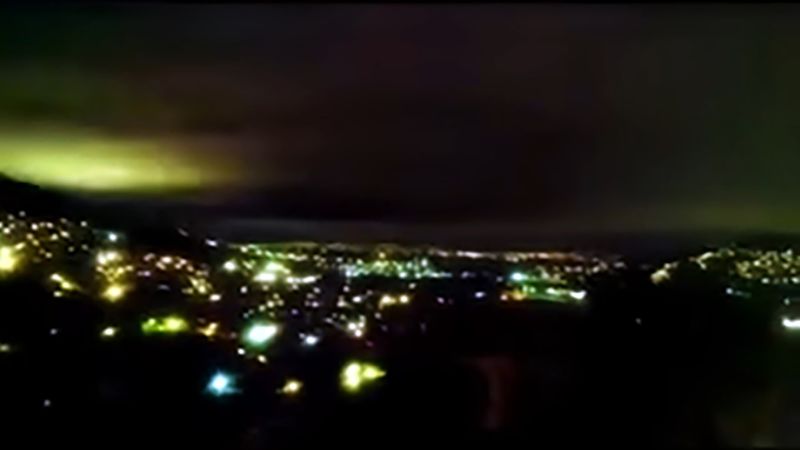cross-posted from: https://lemmy.world/post/5039587
Earthquake lights can take several different forms, according to a chapter on the phenomenon coauthored by Derr and published in the 2019 edition of the Encyclopedia of Solid Earth Geophysics.
Sometimes, the lights may appear similar to ordinary lightning, or they may be like a luminous band in the atmosphere akin to polar aurora. Other times they resemble glowing spheres floating midair. They may also look like small flames flickering or creeping along or near the ground or larger flames emerging from the ground.
Freund explained that when certain defects or impurities in crystals in rocks are put under mechanical stress — such as during the build-up of tectonic stresses before or during a major earthquake — they instantly break apart and generate electricity.
Rock is an insulator that, when mechanically stressed, becomes a semiconductor, he said.
“Prior to earthquakes, huge volumes of rock — hundreds of thousands of cubic kilometers of rocks in the Earth’s crust — are being stressed and the stresses are causing shifting of the grain, the mineral grains relative (to) each other,” he added in an interview via video call.
“It’s like switching on a battery, generating electrical charges that can flow out of the stressed rocks into and through unstressed rocks. The charges travel fast, at up to around 200 metres per second,” he explained in a 2014 article for The Conversation.
Yes I read an interesting paper on this kind of thing and spoke to the author (Freund even rings a bell) and he reckoned it could be a process that would lead to the release of electrical charge into the atmosphere.
Of course, the tricky thing is eliminating more conventional explanations like electrical lines going down and substations exploding but, as they say in the piece, there’s now a lot more data available which should lead to higher quality analysis.



